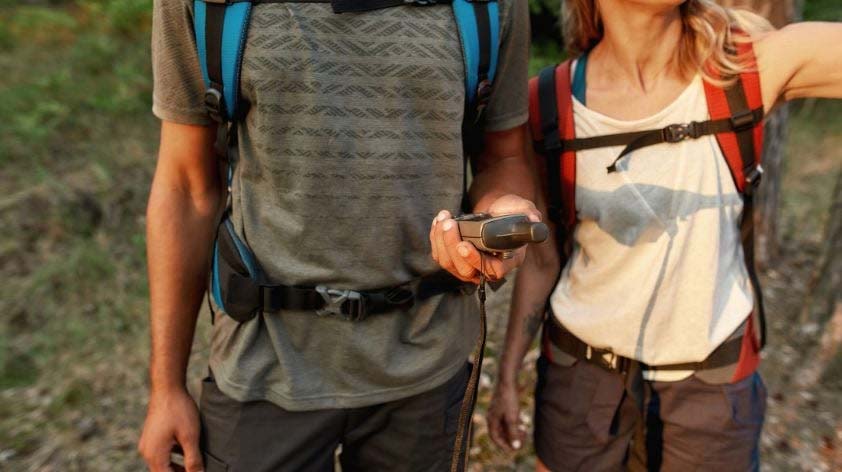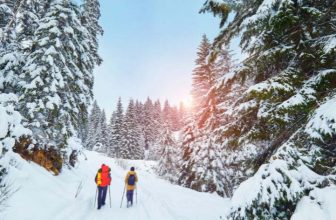
Remote hiking trails offer some of the best outdoor experiences, taking you far from busy paths into beautiful, untouched wilderness. However, heading into these quiet spots requires careful planning to stay safe and keep in touch with the outside world. Knowing a few ways to stay safe and connected on remote hiking trails is important for anyone wanting to explore beyond well-worn routes while reducing risks.
Here are five practical strategies to tackle remote terrain with confidence while staying linked to civilisation.
Choose the Right Communication Equipment
The Garmin inReach and similar satellite devices let users send messages, share locations, and call for help from almost anywhere when mobile signals fade. Two-way radios are also excellent for groups or for keeping in touch with base camp.
Reasons to use portable two-way radios include their independence from networks and long battery life, covering miles over open ground to keep your group connected. These devices are lightweight and easy to carry, making them a practical choice for any hiking trip.
Plan Your Route and Share Your Itinerary
Study maps, check trail conditions, and spot hazards before setting out. Download offline maps for navigation without a signal. Always share your detailed itinerary with someone trusted, including your planned route, estimated times, emergency contacts, and return plans.
This simple step means rescuers can find you quickly if needed. Leaving a copy of your plan at home adds an extra layer of safety.
Master Navigation Skills and Bring Backup Tools
Learn to read maps and use a compass by practising on easier trails first. Carry backup tools, such as paper maps and a compass, so navigation doesn’t rely solely on batteries or satellites. These ways to stay safe and connected on remote hiking trails are essential when technology fails. Knowing how to navigate with traditional tools can make a big difference when devices run out of power or lose signal.
Pack Essential Safety and Emergency Gear
Include first aid, emergency shelter, fire starters, and extra food. The important gear to bring on your next hiking trip varies by season and route. Remember these things hikers can’t forget to do in the winter, such as packing warm layers and traction aids for icy paths.
Water purification tablets or filters are also handy if water sources run dry or become unsafe. Having a whistle or a signalling mirror can attract attention in case of an emergency.
Follow Leave No Trace and Safety Rules
Stick to marked trails and camp only in allowed areas. Avoid the most common camping mistakes, such as leaving food accessible to wildlife or camping in risky spots. Set clear safety plans with your group and keep to regular check-in times. These practices protect the environment and improve group safety, making the outdoors enjoyable for everyone.
Remote trails offer a chance to connect with nature and challenge yourself in stunning surroundings. Start with easier hikes to test your gear and skills, then take on more challenging adventures knowing you’re prepared and connected. With the right planning and equipment, every hiking trip becomes a safer, more enjoyable experience.









